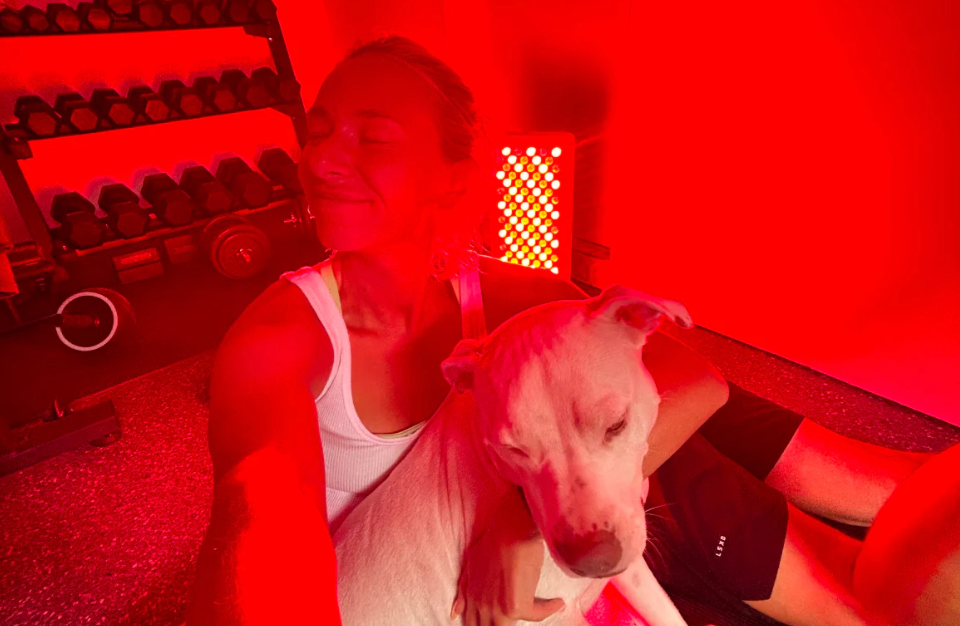Can It Help Balance Hormones and Reduce Pain?
The Hormone Connection
Polycystic Ovary Syndrome (PCOS) and Endometriosis affect millions of women worldwide, often leading to chronic pain, fatigue, and hormonal imbalance.
While traditional treatments focus on medication or surgery, more women are exploring natural, non-invasive options, and red light therapy (RLT) is one that’s gaining attention.
Red and near-infrared (NIR) light work by penetrating the skin and energising your cells’ mitochondria, the “powerhouse” that produces ATP, your body’s energy currency. This process helps balance hormones, reduce inflammation, and support healthy tissue repair, all of which are crucial for women managing these conditions.

Reducing Pain and Inflammation
One of the biggest challenges for women with PCOS or endometriosis is chronic inflammation and pelvic pain. Studies have shown that NIR wavelengths (850–940nm) can penetrate deeper layers of tissue, improving blood flow, oxygenation, and cellular repair.
This helps reduce muscle and nerve inflammation, offering natural pain relief without drugs or side effects.
Regular sessions (around 10–20 minutes, 3–5 times per week) can make a noticeable difference in cramping, bloating, and overall comfort over time.
Balancing Hormones Naturally
Beyond pain relief, RLT may support hormone regulation by improving thyroid function, balancing cortisol (stress hormone) levels, and supporting ovarian health.
Many users report more regular cycles, improved mood, and reduced PMS symptoms after consistent use.

How Different Wavelengths Work
Red light therapy isn’t just “one kind of light”—different wavelengths target different tissues and effects. Understanding these can help you get the most out of your sessions:
Red Light (630–680nm)
-
Penetrates the top layers of skin.
-
Supports collagen production, skin healing, and surface inflammation.
-
Ideal for addressing localized discomfort and improving circulation near the surface, like the skin and subcutaneous tissues over the abdomen.
Deep Red (680–740nm)
-
Reaches slightly deeper into muscle tissue.
-
Helps improve blood flow and reduce inflammation in muscles and connective tissue.
-
Supports pain relief for cramps, tightness, and tension in the pelvic region or lower back.
Near-Infrared (NIR, 800–1000nm)
-
Penetrates the deepest, reaching joints, nerves, and organs.
-
Stimulates mitochondrial energy production in deeper tissues.
-
Promotes tissue repair, reduces chronic inflammation, and supports organ function, including ovarian and uterine health.
Best Way to Use Red Light Therapy
For hormone support, focus on the lower abdomen (for ovarian and uterine health) and lower back (for nerve and blood flow support). Using a red light mat or vest is ideal for these areas, providing deep, even coverage.
💡 The Red Light Lab recommends:
-
Red Light Vest – for abdominal therapy
-
Medium Pro Panel – for full-body hormone balance
-
Targeted Torch – for local inflammation relief

